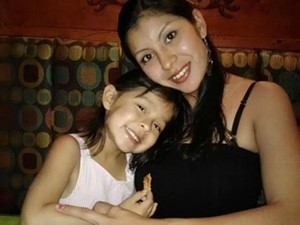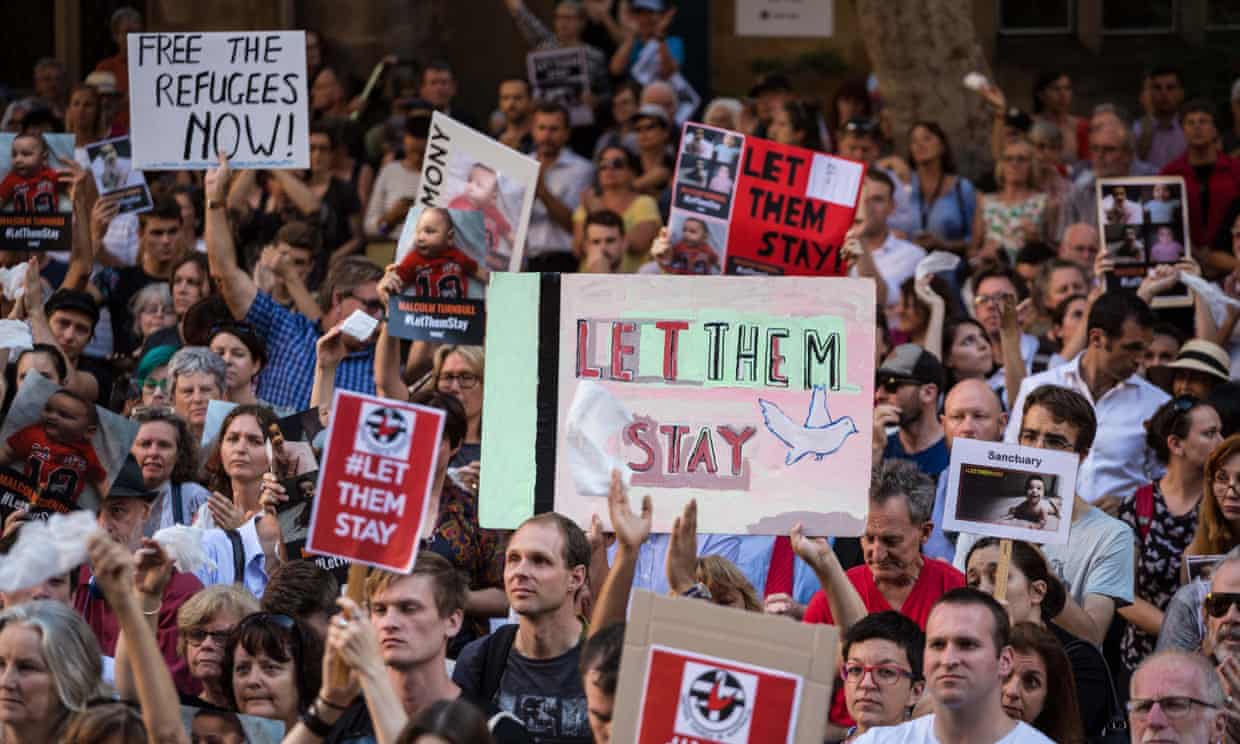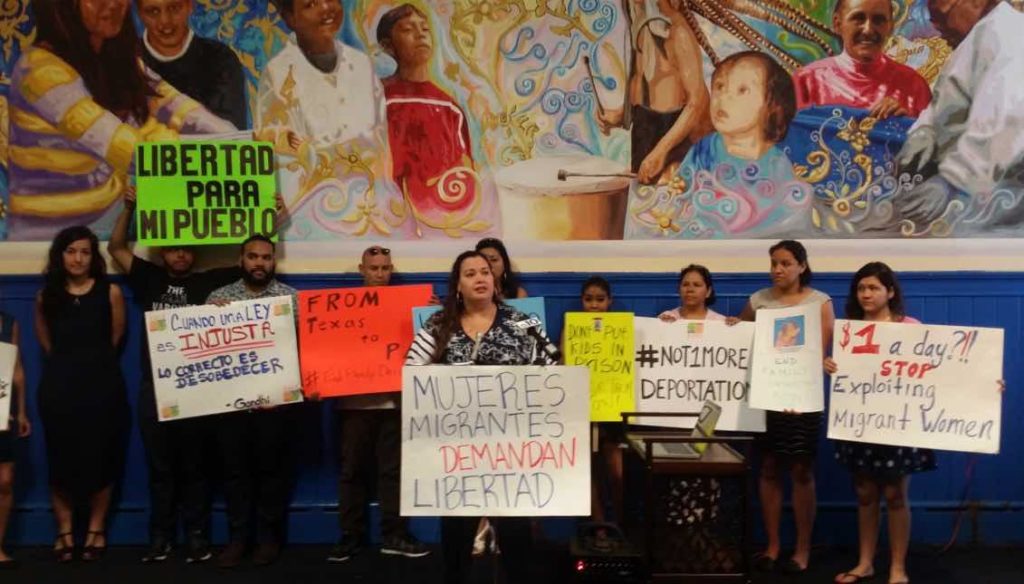
To absolutely no one’s surprise, in the United States, the rich live longer, healthier lives than the poor. To the surprise of some, in the disparity between rich lives and poor deaths, geography matters. Rural white women are suffering an unprecedented spike in mortality rates. For many, that single piece of data is the takeaway of two major studies that appeared over the past two days. But there’s more. Women are the fastest growing prison population, and have been for some time. The numbers of women – overwhelming urban women of color – in prisons and jails is also unprecedented. The numbers of women dying in jails and prisons is also unprecedented, as are the mortality rates. Young adult American Indian and Alaska Native women commit suicide at the highest rates, among women, in the country. Women are being systematically removed from the United States landscape.
While the rich can live anywhere, poor individuals and communities live shorter lives, depending on locale. For example, the range of expected age at death between wealthy women in Spokane, Washington, and poor women in Las Vegas is between 89.2 years and 80 years. Poor women in cities like New York, Miami and Santa Barbara, are living longer than poor women in Las Vegas, Oklahoma City, and Tulsa. From 2001 to 2014, the life expectancy of women and men in Tampa, Florida, decreased by 2.2 years. The rate of decline for women exceeded that for men.
Meanwhile, since 2000, “white women have been dying prematurely at higher rates … passing away in their 30s, 40s and 50s in a slow-motion crisis driven by decaying health in small-town America … In one of the hardest-hit groups — rural white women in their late 40s — the death rate has risen by 30 percent.” Since 2000, white women’s health has “decayed”. This is especially so for white women in rural areas. This “rural area” particularity is further intensified in 21 counties across the South and Midwest. From 2000 to today, Victoria County, Texas has lead the pack on women’s mortality and morbidity. The death rate among women 45 to 43 years old skyrocketed from 216 per 100,000 people to 583, or an increase of 169 percent.
White women in rural areas are dying of drug and alcohol abuse and suicide. Women in prisons and jails, overwhelmingly women of color, are dying of drug and alcohol abuse and suicide. American Indian and Alaska Native women are dying of drug and alcohol abuse and suicide. That’s today’s rainbow profile of the United States, and it’s neither new nor surprising. Create the world’s largest state of abandonment; build more and more prisons and jails whose beds need to be used; militarize police forces; remove public health and all forms of assistance; and then effectively deny women of full citizenship, and the outcomes are as desired. Women dying and disappearing, through waves of socially engineered self-harm and through active State violence. Together, they constitute today’s war on women.
(Image Credit: Journal of the American Medical Association)








